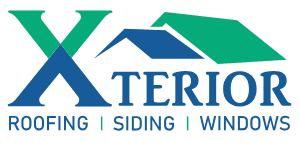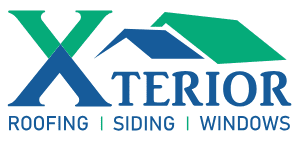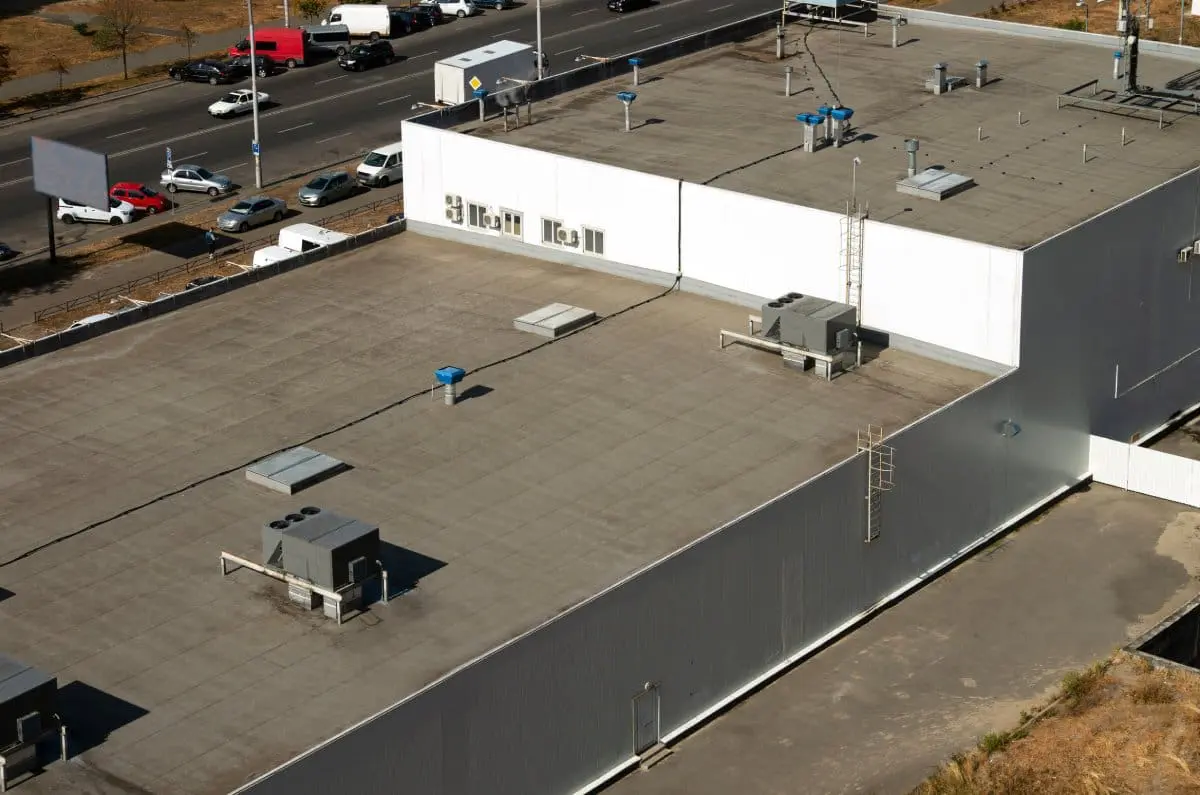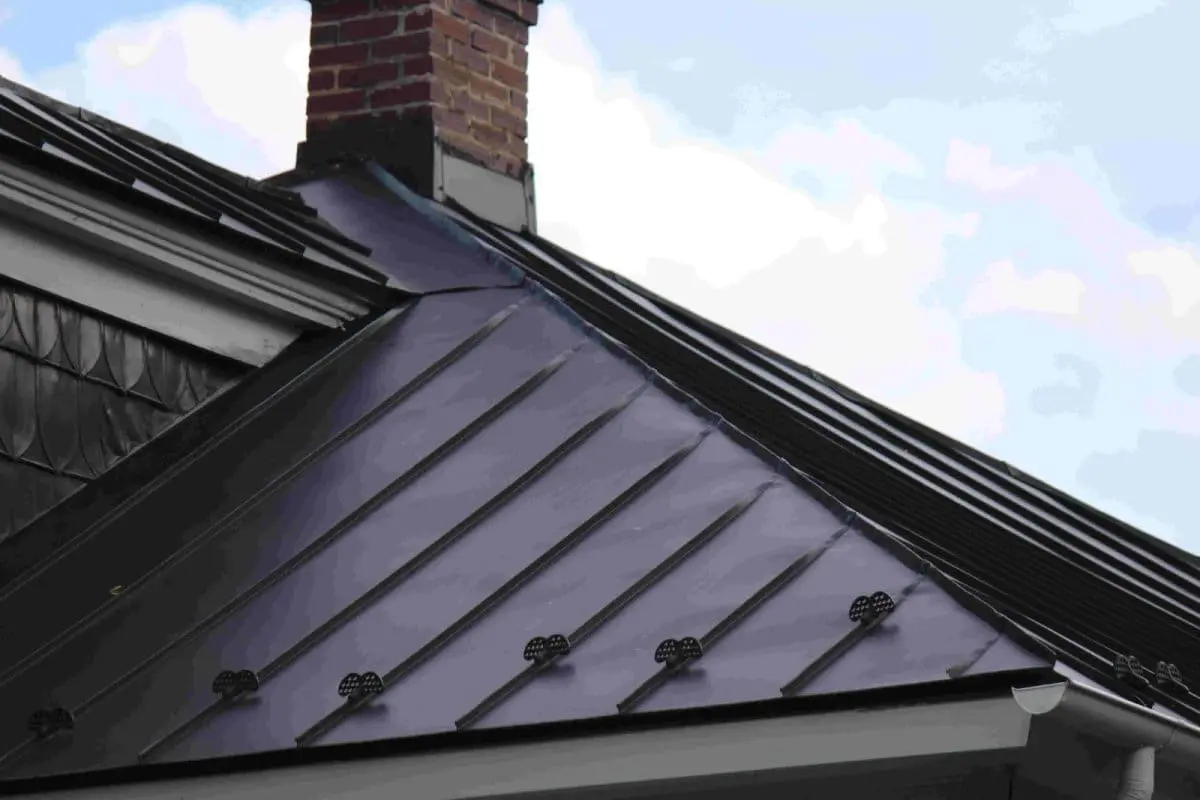The content in this blog is for informational purposes only and is intended to assist homeowners in understanding roofing, siding, windows, gutters, shutters, and general home improvements. Xterior LLC advises against attempting any of the tasks described here, as they require professional expertise. We do not assume liability for any injuries, damages, or losses resulting from DIY attempts. Always refer to the manufacturer of products for specific maintenance instructions.
By viewing this blog, you acknowledge and release Xterior LLC from any and all liability related to the use or misuse of the information provided.
Please note that Xterior LLC may not offer all the services discussed. Repairs, estimates and inspections are priced based on availability, location, and time. All services, offerings, and prices are subject to change without notice.
For more information or to request services, please contact Xterior LLC directly.
Planning a commercial roofing project? This guide on best practices for commercial roofing installation will help you ensure success. Discover the essential steps for a durable and efficient roofing system, from material selection to hiring the right contractors and maintaining the roof.
Get the insights you need to make smart choices and achieve a lasting result.
Key Takeaways
- Meticulous pre-installation planning, including site assessment and material selection based on climate, is critical for the success and longevity of commercial roofing projects.
- Engaging professional roofing contractors with verified credentials and effective communication ensures adherence to local regulations, safety, and quality standards.
- Following industry standards and local building codes and adopting advanced roofing techniques and maintenance strategies significantly enhance the performance, durability, and energy efficiency of commercial roofs.
Conduct Thorough Pre-Installation Planning
Successful commercial roofing projects stem from meticulous planning. This comprehensive approach is not merely procedural but a fundamental requirement for the roof’s durability and performance.
It helps address potential problems before they arise, thus safeguarding the commercial roof’s longevity. A roofing installation checklist is crucial to avoid missing critical steps during the installation process.
Meticulous planning for a commercial roofing project involves:
- Understanding local building codes and climate challenges.
- Selecting suitable materials.
- Ensuring safety and compliance throughout the process.
- Considering legal and regulatory compliance, budgeting, and contractor selection.
- Taking into account factors such as foot traffic, equipment location, and future growth.
You can ensure a successful commercial roofing project by considering these factors and creating a well-thought-out plan.
Comprehending the unique properties of various materials is of utmost importance. Each material’s longevity, energy efficiency, and resistance to weather elements vary. For example, the structure of the building and climatic conditions play a significant role in determining the materials used in commercial roofing systems.
Planning for long-term costs associated with roofing options upfront can prevent issues from being fixed quickly in the long run.
Site Assessment and Analysis
A thorough site assessment is a prerequisite before initiating any roofing project. This assessment helps understand various aspects of the building, such as height and roof accessibility, ensuring that all potential challenges are identified and addressed.
Routine inspections of the site can help identify any pre-existing conditions that might affect the roofing installation process.
Material Selection Based on Climate
Selecting the right roofing material is critical, especially considering the environmental conditions. Different materials like:
- rubber roofs
- metal roofs
- solar roofs
- flat roofs
- slate roofs
offer varied benefits and challenges.
Consulting with roofing professionals can help you select materials best suited to specific climate conditions, ensuring the longevity and performance of your commercial roof.
Engage Professional Roofing Contractors
The involvement of professional roofing contractors is an essential step in the commercial roofing process. Selecting the right partner ensures:
- Technical proficiency.
- Adherence to local requirements and regulations.
- An experienced roofing contractor can significantly impact the success and longevity of the roofing system, bringing professionalism and dedication to quality service.
Choosing a qualified and experienced contractor involves checking their credentials, licenses, insurance coverage, and references. Additionally, considering their communication and collaboration skills is vital.
Thorough due diligence can mitigate risks associated with roofing projects, ensuring compliance with safety regulations and industry standards.
Verify Credentials and Experience
Verifying the credentials and experience of a commercial roofing contractor during the selection process is indispensable. Check if the contractor is certified by top industry manufacturers, as this reflects their training and expertise.
Reviewing past project portfolios can also provide valuable insights into the contractor’s capability and reliability.
Importance of Clear Communication
Effective communication is pivotal for the successful execution of a roofing project. It ensures that both parties have a mutual understanding of project timelines and expectations. Effective communication helps quickly address any issues or changes during the project, ensuring smooth execution.
Xterior LLC emphasizes open and honest communication from start to finish, maintaining strong client relationships throughout the process.
Follow Industry Standards and Building Codes
Complying with industry standards and local building codes is of prime importance in commercial roofing projects. Professional roofing contractors understand these regulations, ensuring compliance and avoiding potential legal issues. Most jurisdictions in the U.S. have adopted editions of the International Building Code (IBC) and International Residential Code (IRC). Following these codes ensures that the roofing materials and methods used are up to standard.
These building codes dictate specific materials and methods for commercial roofing projects. The codes also require products and materials to comply with applicable test standards verified by independent testing laboratories.
For instance, roof coverings and assemblies must resist required wind loads specific to their location. In coastal areas, design wind speeds are higher, influencing the selection of roofing products and their installation specifications.
Compliance with Safety Regulations
Abiding by safety regulations is fundamental during commercial roofing installation. This is vital to safeguard workers and reduce the possibility of accidents or injuries. Key safety measures include harness usage, proper ladder placement, and debris disposal.
Regular inspections of roofing equipment are required to comply with OSHA standards, ensuring a safe working environment.
Environmental Considerations
Environmental considerations are critical in commercial roofing projects. Using environmentally friendly materials helps minimize the installation process’s ecological impact. Eco-friendly roofing options, such as green roofs and solar-reflective systems, promote sustainability and reduce energy consumption.
These choices also contribute to reducing the carbon footprint and enhancing energy efficiency.
Implement Advanced Roofing Techniques
Adopting advanced roofing techniques is vital for enhancing the durability and performance of commercial roofing systems. These technologies aim to revolutionize design, installation, and maintenance, offering innovative solutions to traditional challenges. For instance, self-healing shingles repair minor scratches when heated by the sun, maintaining their durability.
Advanced techniques in roofing include:
- 3D printing is used to manufacture roofs with minimal waste and increased efficiency.
- Impact-resistant shingles made from polymer-modified asphalt that handles extreme weather better than traditional shingles.
- Integration of drones for aerial inspections.
- Advanced software for design and project management that is revolutionizing traditional roofing practices.
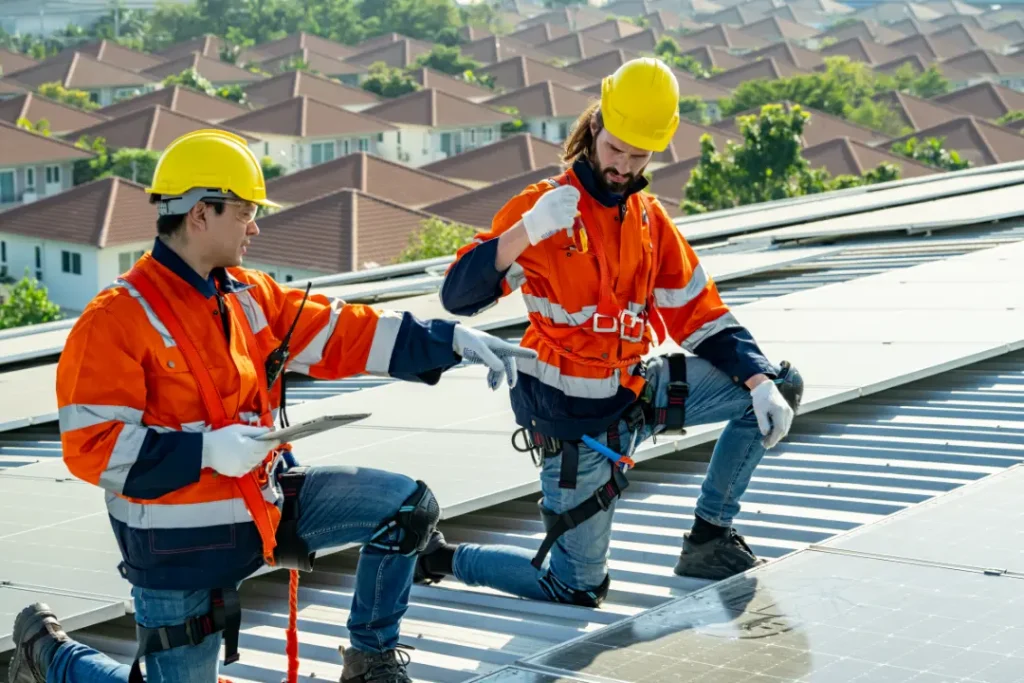
Single Ply Roofing Systems
Single-ply roofing systems, such as EPDM, TPO, and PVC, are known for their flexibility, robustness, and resistance to peeling and cracking. EPDM offers excellent weather resistance and longevity, while TPO and PVC provide superior reflectivity and energy efficiency. These systems are designed to be installed in a single layer, so proper installation by trained professionals is critical to avoid issues.
Innovative Installation Methods
Innovative installation methods and commercial roofing technology are transforming the commercial roofing industry. Some of these methods include:
- Drone technology which allows for detailed aerial imaging to quickly identify roof damage and areas needing attention, reducing the time and risk associated with manual inspections.
- Prefabrication involves creating roofing components off-site, reducing on-site labor time, and improving overall installation quality.
- Advances in adhesive technology which have led to stronger bonds between materials, extending the roof’s lifespan.
These advancements are revolutionizing the way commercial roofs and residential roofing are installed and maintained.
Ensure Proper Roof Ventilation and Drainage
Sustaining appropriate roof ventilation is essential for the well-being and functionality of a commercial roof. Additionally, ensuring effective drainage is also necessary for its upkeep and longevity.
Adequate ventilation regulates temperature, reduces humidity, and prevents moisture buildup, improving overall energy efficiency and indoor air quality. Poor ventilation can trap excess humidity and moisture inside the building, leading to decay and rot in the roof’s structural elements.
Effective drainage systems are equally important. Preventing water buildup and ponding is crucial as it can result in structural damage and roof membrane deterioration. These systems are designed specifically for this purpose.
Here are some steps to ensure proper drainage:
- Clear debris from gutters, downspouts, and drains to prevent water buildup.
- Regularly inspect and maintain the drainage system to ensure it is functioning properly.
- Install gutter guards to prevent debris from clogging the system.
- Consider installing a sump pump or French drain system if necessary.
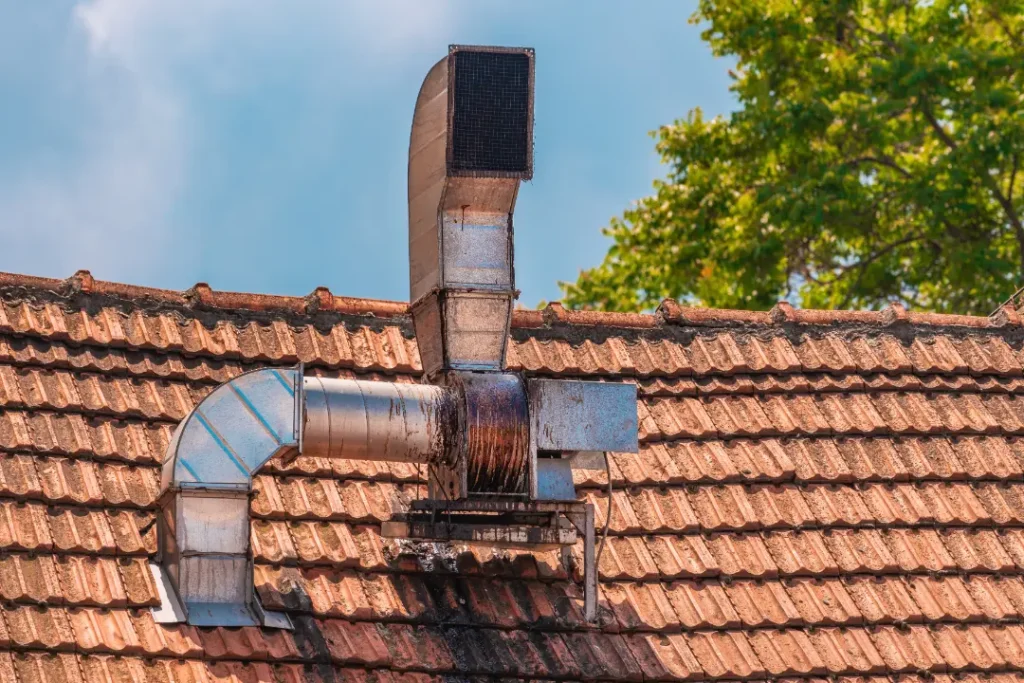
By following these steps, you can prevent water damage and maintain the integrity of your building.
Effective Ventilation Solutions
Effective ventilation solutions are crucial for a commercial roof to prevent moisture buildup and reduce the risk of mold and mildew growth. Proper ventilation allows heat and humidity to escape from the upper parts of the building, especially during summer, preventing the formation of condensation and rust.
Insulation and ventilation upgrades can also regulate temperature and moisture levels, reducing energy consumption.
Drainage Systems for Commercial Roofs
Drainage systems play a vital role in maintaining the health of commercial roofs. Water buildup and ponding can lead to significant damage, including structural issues and membrane deterioration.
Implementing effective drainage systems ensures proper water runoff, preventing these problems and extending the roof’s lifespan.
Regular Maintenance and Inspections
Consistent maintenance and inspections are key to prolonging the lifespan of commercial roofs. Here are some important steps to follow:
- Plan scheduled maintenance inspections at least every six months to ensure that roof maintenance is not overlooked.
- Conduct routine inspections to prevent the growth of mold and mildew, maintaining a healthy indoor environment.
- Neglecting these inspections can lead to significant issues, including mold growth, structural instability, and roof collapse.
Conducting regular roof inspections helps identify and address potential issues before they escalate into major problems. Professional roof inspections are essential for identifying water damage, aging, and structural integrity issues.
By enrolling in a structured roof maintenance program, you can extend the life of your commercial roof and help ensure optimal performance over the years.
Scheduled Inspection Routines
Timely roof inspections can spot minor issues before they escalate into major problems. Common issues detected during inspections include:
- Damaged roofing materials
- Clogged gutters
- Damaged flashing
- Poor ventilation
Regular inspections can also help plan preventative maintenance and budget for roof upkeep.
Proactive Maintenance Strategies
Proactive maintenance strategies are key to avoiding hazards like leaks and roof collapses. These strategies include cleaning debris, repairing minor damages, and applying protective coatings.
Smart roofs with Wi-Fi-connected sensors can detect leaks, snow loads, and blocked drains in real-time, providing valuable information to prevent potential issues.
Enhancing Energy Efficiency
Boosting energy efficiency constitutes a significant component of commercial roofing. Maximizing energy efficiency when selecting roofing materials helps optimize energy use and reduce costs. Energy-efficient options like cool roofs and green roofing can significantly cut down energy consumption and utility bills.
Utilizing smart roofing technologies, such as thermochromic coatings and sensors, can further aid in enhancing energy efficiency and sustainability.
Incorporating photovoltaic solar panels into commercial roofing systems can save long-term costs, especially in high-sunlight regions. Some benefits of using solar panels for commercial roofing include:
- Lowering energy costs by generating electricity from the sun.
- Reducing reliance on traditional energy sources.
- Taking advantage of government incentives and tax credits for renewable energy.
- Demonstrating a commitment to sustainability and environmental responsibility.
In addition, inadequate roof ventilation can overwork HVAC systems, leading to higher maintenance requirements and shorter system lifespan. Reflective roof coatings can lower roof surface temperatures, potentially reducing cooling costs by up to 30%.
Cool Roofs and Reflective Coatings
Cool roofs offer the following benefits:
- Higher solar reflectance
- Thermal emittance
- Reducing energy use for cooling
- Reflecting more sunlight and absorbing less heat
- Aiding in reducing the need for air conditioning by up to 20%
Cool roofing materials can include reflective paint, sheet coverings, and reflective granules that stay cool under direct sunlight.
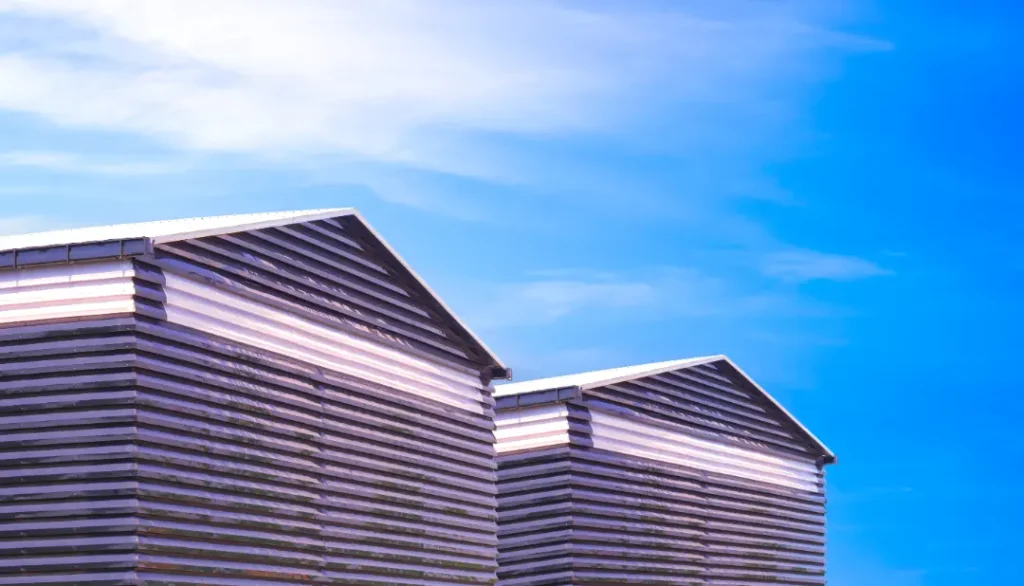
Integrating Solar Panels
Integrating solar panels into commercial roofing systems is an effective way to enhance energy efficiency. Solar panels convert sunlight into electricity through photovoltaic cells and can be mounted on or integrated into roofing materials.
Advanced solar shingles resemble traditional shingles while generating electricity from sunlight, making them an innovative solution for energy efficiency.
Post-Installation Best Practices
Observing post-installation best practices is vital to upholding a commercial roof’s ongoing performance and durability. Regular maintenance and inspections are crucial, especially after severe weather events like:
- windstorms
- hurricanes
- heavy rains
- hail
Proactive winterization measures are particularly important in areas like Andrews, TX, to prevent deterioration during winter months.
Warranty Verification and Documentation
Warranties provide additional protection and peace of mind for commercial roofing systems. To ensure comprehensive protection against defects and damages, property owners need to understand various warranties, including manufacturer, contractor, and extended options. It is important to be aware of the coverage and terms of each type of warranty to make informed decisions regarding property protection.
Regular roof inspections help ensure the roof’s warranty remains valid, providing long-term protection.
Winterization and Seasonal Upkeep
Winterization and seasonal upkeep are vital to maintaining the health of a commercial roof. Regular inspections and upkeep during winter are crucial, especially in regions where thermal cycling can pose significant challenges.
Selecting appropriate materials and installation techniques helps meet these challenges and ensure the roof’s durability.
Xterior LLC: Your Trusted Partner in Commercial Roofing
When it comes to commercial roofing, Xterior LLC emerges as a trustworthy ally. Known for:
- Superior quality of work
- Excellent customer service
- Ability to handle complications with professionalism
- Smooth project completion, even with older buildings
Xterior LLC is a reliable choice for all your commercial roofing needs. Our expertise in tackling North Carolina’s unique climate challenges with tailored services sets us apart in the industry.
Expertise and Proven Track Record
Xterior LLC’s proven track record is reinforced by its status as a Google Guaranteed business and an Owens Corning preferred contractor. We hold an A+ rating with the Better Business Bureau (BBB), highlighting consistent quality and reliable service.
These credentials reflect the credibility and trustworthiness of reputable roofing contractors in the commercial roofing market.
We Offer Customized Solutions for Commercial Properties
At Xterior LLC, we provide customized solutions tailored to each client’s specific needs, ensuring the best possible outcome for commercial properties. This tailoring is essential to address the unique requirements and challenges associated with commercial buildings and properties, promoting both performance and visual satisfaction.
Our comprehensive services ensure sustained performance and longevity of commercial roofs.
Frequently Asked Questions
Why is pre-installation planning important for commercial roofing?
Pre-installation planning is important for commercial roofing. It addresses potential problems beforehand and ensures the roof’s durability and performance.
How do I choose the right commercial roofing contractor?
To choose the right commercial roofing contractor, verify their credentials, licenses, insurance coverage, and past project portfolios for qualification and experience.
What are the benefits of using environmentally friendly roofing materials?
Using environmentally friendly roofing materials minimizes ecological impact, reduces carbon footprint, and enhances energy efficiency, making it a sustainable choice for your home.
How often should I schedule roof inspections?
You should schedule a roof inspection at least every six months to ensure proper maintenance and avoid neglecting any issues. This will help keep your roof in good condition and avoid potential problems in the long run.
What are the advantages of integrating solar panels into commercial roofing systems?
Integrating solar panels into commercial roofing systems can lead to long-term cost savings and improved energy efficiency.
Summary
Successful commercial roofing installation hinges on detailed planning, engaging professional contractors, adhering to industry standards, and implementing advanced techniques.
Regular maintenance and inspections and enhancing energy efficiency are crucial for the roof’s longevity and performance. Following these best practices ensures a durable, high-performing commercial roof that stands the test of time.
